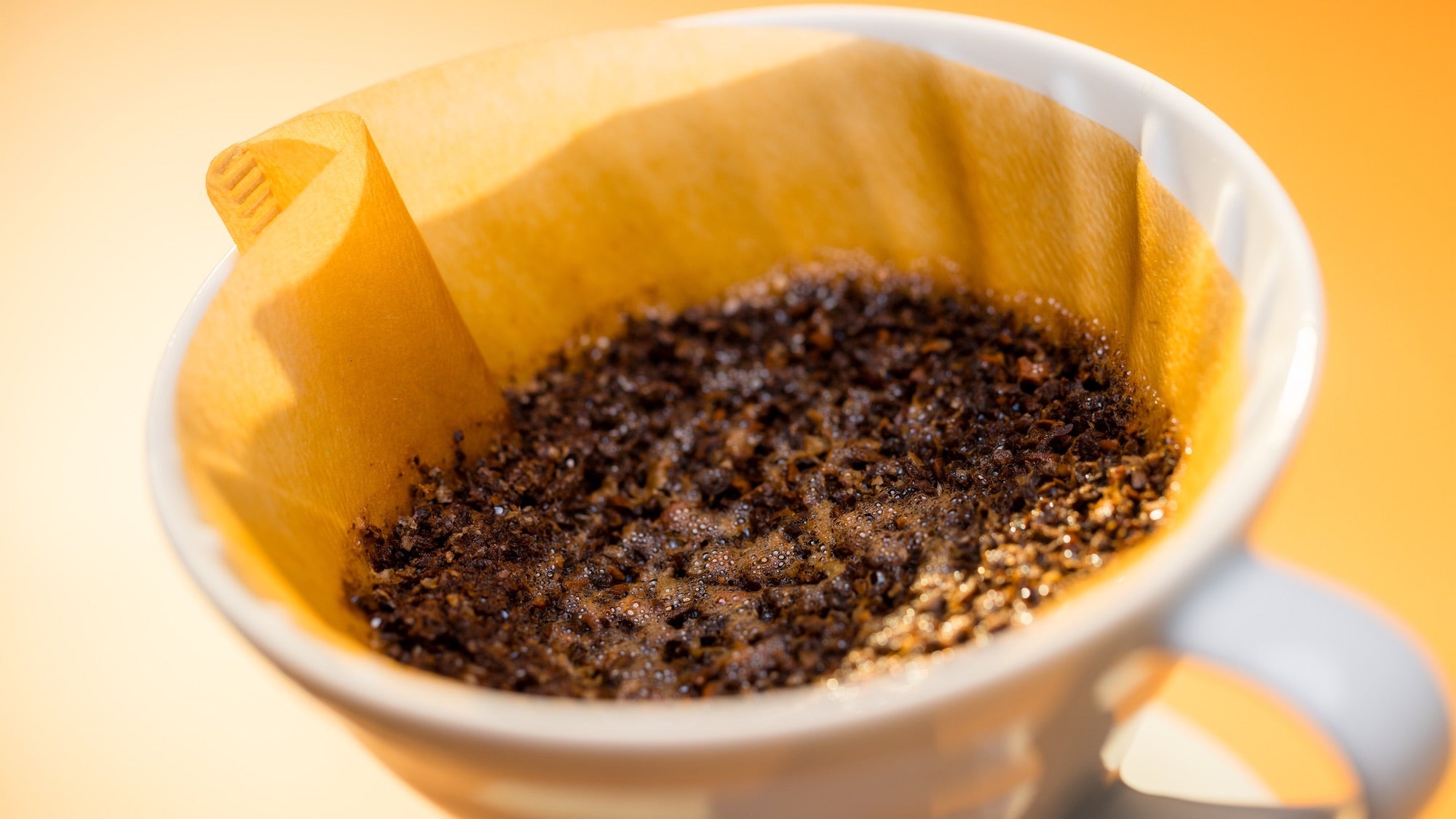Technology
10 smart ways to reuse coffee grounds

Americans consume an average of two cups of coffee per day, primarily using single-cup coffee makers, although drip coffee makers remain popular. Regardless of the brewing method, the question of what to do with used coffee grounds remains. These soils are not only waste, but also valuable for various practical, environmentally friendly applications. They can improve garden health, enhance beauty routines and serve as natural cleansers, providing solutions to many household challenges.
How to use coffee grounds at home
If you ever find yourself with an excess of used coffee grounds, here are some smart ways to reuse them.
Mild fertilizer
Coffee grounds contain essential minerals that are beneficial for plant growth, such as nitrogen, potassium and phosphorus. These nutrients can contribute to soil fertility, but are not enough to maintain the long-term health of your plants. Think of it as a cheap, mild, organic fertilizer that gives your plants a light nitrogen boost. To use in the garden or in potted plants, sprinkle the used coffee grounds around your plants and work them in half an inch to a depth of 4 inches. Don’t go too far with it, although. As with other soil improvements, more is not always better.
Soil improver
Used coffee grounds are an excellent soil conditioner due to their nitrogen content and ability to improve soil structure. When incorporated into garden soil, they can help improve drainage, water retention and aeration, promoting healthier plant growth. Mix a thin layer of coffee grounds into the top few inches of soil to use coffee grounds as a soil conditioner. This can help nourish soil microbes and improve the overall quality of the soil.
Compost booster
Balancing carbon (brown), nitrogen (green), moisture and air is essential to creating high-quality compost. Fortunately, used coffee grounds make an excellent addition to compost because they contain nitrogen, an essential nutrient for the microorganisms that break down organic matter. When coffee grounds are added to compost, they help speed the decomposition process, making the compost richer in nutrients essential for plant growth. It is recommended to mix coffee grounds with carbon-rich materials such as leaves, straw or paper to maintain a healthy compost balance. This combination improves the overall structure and aeration of the compost, allowing for faster decomposition and preventing the compost from becoming too wet and compacted.
Natural pest repeller
Due to its pungent odor and chemical properties, coffee grounds can be used as a natural repellent against various types of pests. To use coffee grounds as a pest repellent, sprinkle the dried coffee grounds around plant bases or areas where pests are a problem, creating a barrier that pests are likely to avoid. However, it is important to note that coffee grounds are not universally effective against all insects. They provide a simple, environmentally friendly approach to pest control in certain situations.
Odor reducer
Used coffee grounds are more than just useful in the garden; they are a natural odor reducer. Their high absorbency and strong scent, combined with the acidity and powerful aroma of coffee, create a powerful solution to freshen your home. You can effectively eliminate lingering odors by placing a small container of dried coffee grounds in your refrigerator or a musty cupboard. You can also use coffee grounds in bags to deodorize shoes or as a scrub to remove body odor.
Cleansing scrub
Used coffee grounds are an excellent option for environmentally friendly cleaning. They have an abrasive texture that can effectively remove tarnish from various surfaces without causing any damage. You can use this natural abrasive quality to clean hard surfaces such as countertops, hobs and kitchen utensils. Mix some used coffee grounds with a little water or mild soap to create a simple scrub. This mixture can help you efficiently remove dirt and residue from kitchen surfaces and appliances. In addition, the natural oiliness of coffee grounds gives the surfaces a slight shine, making them look fresh and clean.
Rejuvenate wooden furniture
Coffee grounds can give your wooden surfaces a deep and rich color, rejuvenating them. To get started, all you have to do is make some coffee and let it cool. Then strain out the coffee grounds or leave them in for a more textured finish. Then apply the coffee solution to the wooden surface with a brush or cloth, concentrating on the areas that need restoration. This not only gives your furniture a fresh look, but also helps hide minor scratches and blemishes, making it look as good as new.
Exfoliating skin care treatment
The natural chemical properties and abrasive texture of used coffee grounds make them perfect for removing dead skin cells, promoting smoother, more radiant skin. The caffeine content in coffee is also beneficial because it can increase blood flow, which helps rejuvenate and tighten the skin, reducing the appearance of cellulite when massaged into the skin. Mix used coffee grounds with a carrier oil such as coconut, olive or almond oil to create a homemade exfoliating scrub for your body. This mixture can be gently massaged into the skin in circular motions and then rinsed off, leaving the skin feeling fresh and soft. Avoid use on thinner skin, such as that on your face.
Under-eye care
Discover the natural solution for under-eye bags and dark circles with used coffee grounds. Their caffeine content and anti-inflammatory properties make them a safe and effective choice. Caffeine can help constrict the blood vessels under the skin, reducing swelling and dark circles under the eyes. A popular method is to cool the used coffee grounds in the refrigerator, mix it with a little water or honey and gently apply the paste under the eyes. After letting it sit for a few minutes, simply wash it off.
Flavour enhancer
People often use coffee grounds to make coffee, but they can also use them in cooking to flavor both sweet and savory dishes. Incorporating coffee grounds into meat rubs or marinades provides a rich, earthy flavor. Additionally, bakers can mix them into baked goods such as brownies and cakes to add a subtle coffee flavor that balances the sweetness with a hint of bitterness. Coffee grounds can also enhance homemade sauces or stews by adding depth and complexity to the overall flavor.
Are coffee grounds safe to consume?
Coffee grounds are safe to eat in moderation and provide health benefits such as antioxidants and dietary fiber, similar to brewed coffee. However, excessive consumption can cause side effects including insomnia, nervousness and digestive irritation due to its abrasive texture and high caffeine content. Moreover, coffee grounds are toxic to pets and should not be consumed by animals.
Can you reuse coffee grounds?
It is possible to reuse coffee grounds, but the quality of the coffee may not be as good as the first use. When reused, coffee grounds usually have a weaker flavor and strength because most of the essential oils and flavors are extracted during the initial brewing process.
The next time you make coffee, keep in mind that coffee grounds can do much more than just make a delicious cup of coffee. Using coffee grounds in your garden, home and beauty routines can benefit your plants and skin. This practice contributes to a more sustainable lifestyle, allowing you to reduce waste, save money and benefit from the natural properties of coffee grounds.











